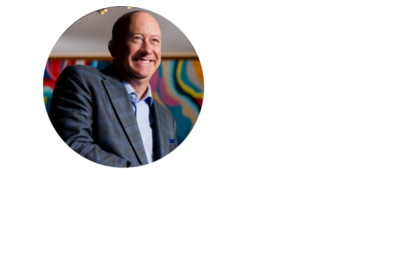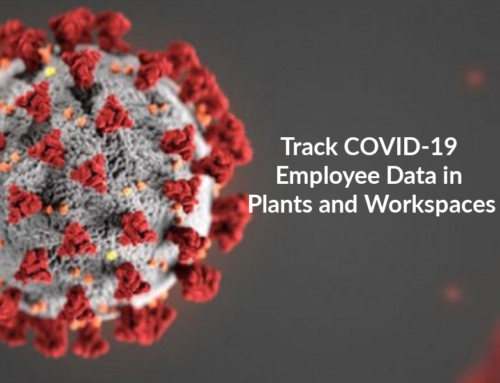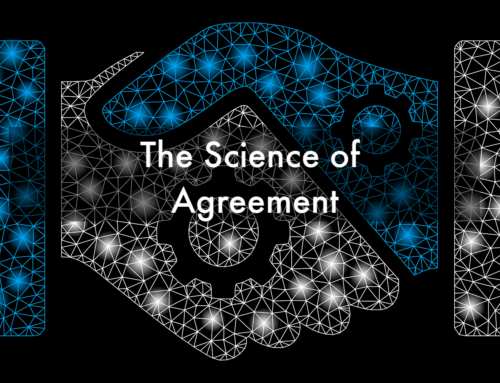Whether we realize it or not, we are all seeking power in our business lives. The power to generate revenue, the power to dominate markets, the power to operate safely and at low cost. Our mental models tell us that power comes from hard work and intellect—and it surely does. But another source of power goes largely unused: the power of feedback loops.
I get a chance to take a deep look at many different companies around the world. The vast majority of these companies operate in what I call “Open Loop” fashion. Workflows start with raw materials on one end, add some transformational steps in between, then produce a product on the other end. The product is picked up and sold to customers. The whole linear sequence then repeats, day in and day out.
Company leaders are left scratching their heads about all of the things that go wrong in the cycle and wonder why such a process cannot be more repeatable, more agile, and more responsive to internal and external disruptions. They incessantly tweak the heck out of company operations in a never-ending but always unsatisfactory drive toward these goals.
Structurally, an Open Loop company, making products or delivering services, might look like this:
With an Open Loop company, you can see that the management of the outcome is a constant process, just like taking a stick, holding it vertically on a table, watching it fall, and then picking it up again and again.
The antithesis of the Open Loop company is, naturally, the Closed Loop company. Closed Loop companies look almost identical to Open Loop companies in terms of the steps in the processes. However, there is one crucial difference: feedback signals emanate from downstream processes to upstream processes to govern how the whole system works via the power of feedback. Similarly, feedforward signals inform downstream processes from the knowledge gained upstream, much like a forecast of sales orders enlightens manufacturing in advance about the coming demand. Going back to our stick metaphor, in a closed-loop we place a stick on a table but this time the table underneath watches the orientation of the stick and moves around accordingly to keep it upright. This is how balancing feedback works and an illustration of this is shown below.
There is another reverse form of feedback we call reinforcing. Rather than trying to bring the system into balance against some goal, this feedback drives benefits exponentially. Reinforcing feedback is often referred to anecdotally as vicious or virtuous cycles. One client of ours used this very effectively to turn around a struggling airline. In that company, the CEO created a series of operational improvements, which, stand-alone, is not that remarkable. However, he cemented that excellence culturally by taking the savings from each program and used that to fund the next round of operational improvements.
Pretty soon the budget for finding and fixing various functional steps around the company outpaced the idea rate for the improvements!
OK, so how do you create feedback in an Open Loop company to make it a Closed Loop company? I’m glad you asked.
The first step is to draw a representation of the company of the form shown in the above diagrams. This is not an exercise in creating workflows! Workflow by definition simply shows processes in a sequence and which department or group govern that process. Rather, we are creating a systems diagram of the company. A systems diagram seeks to carve out all of the subfunctions, in much the same way that a schematic of a car shows the braking, electronic, and combustion subsystems and their relationships to each other. Ask yourself this question: If my company was a machine, what would the elements of that machine look like?
Even Open Loop companies have some form of feedback, but it is usually weak, informal, and inconsistent. But like an X-ray on a human patient, the diagram acts as a way to surgically apply feedback loops in just the right doses and at just the right time to effect a positive change in the flow before it skews away. Your new and improved diagram showing strong feedback across the company’s “system” then becomes the design blueprint for technology, people, and process changes to affect the feedback you desire.
There are quite a number of technology choices for implementing feedback once identified by a design blueprint. Business Intelligence (BI) has become a popular choice for creating dashboards that report Key Performance Indicators at various stages of an internal value chain. Artificial Intelligence (AI) mimics human decision making at scale and speed that can be used to drive feedback into the process, including those decisions that require judgment and reason.
Perhaps the most exciting technology platform for feedback is an industrialized form of IFTTT. IFTTT stands for If This Then That, and is a popular consumer app for automating home tasks. “When I pull into my driveway set the hot tub at 98 degrees” might be the kind of example “script” that IFTTT performs.
However, in the industrial form of IFTTT, we use the same kind of scripting mechanism to accomplish corporate tasks. “Whenever my closest competitor changes their pricing by more than 5%, re-run my revenue model and distribute the results to my 5 VPs” might be an example in this realm. The industrial IFTTT concept is a smart way to integrate feedback into corporate value chains with the simple creation of a script.
Summary
It is vital that we start the conversation about Closed Loop companies in this new era of automation. Automated companies are Closed-Loop by definition. The deliberate design of the feedback mechanisms is the core of what makes automation successful in these firms. The power of self-governance and self-organization gives us firms that are robust to external disruptions while ensuring that humans are in the loop and leveraged to the highest extent possible. Welcome to the new superpower.
About the Author
It’s no longer a question of intelligence; data is everywhere. “I have found that the common thread in the failure to get to a solution was not in the selection of the right technology or the application of the wrong math. It was trying to solve the wrong problem.” – George Danner.
George has 30+ years of experience in corporate strategy, specifically in operational and financial analysis, across a wide variety of industries: manufacturing, energy, telecommunications, transportation and financial services.
As Founder of Business Laboratory, George has his ear to the ground, filtering out fads from groundbreaking trends. Blockchain, artificial intelligence and automation is radically changing your industry’s landscape. Join us in the future of business.
For more information on George and how to reach out to him, visit www.georgedanner.com







